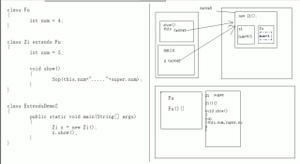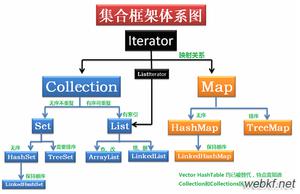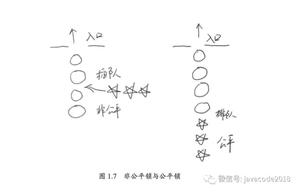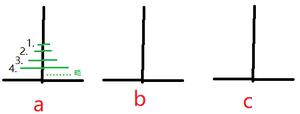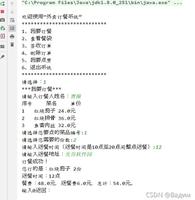关于java继承的问题请教

import java.util.HashMap;class R extends HashMap<String, Object> {
public R() {
put("code", 0);
put("msg", "success");
}
public static R ok() {
return new R();
}
public static R ok(String msg) {
R r = new R();
r.put("msg", msg);
return r;
}
// 这里不理解,为什么是super.put,而不是this.put
public R put(String key, Object value) {
// super.put(key, value);
this.put(key, value);
return this;
}
}
public class R_test {
public static void main(String[] args) {
System.out.println(R.ok().put("a", "aaa"));
}
}
有个地方不是很理解,就是put方法中,为什么要用super.put,不能用this.put。我的理解是,子类继承父类,可以调用父类的方法,但用this.put会报错,请问是为什么?
回答:
this.put 是递归调用自己,super.put 是调用父类中定义的 put,是原功能实现。
这个类重载 put 大概只是为了能 return this 链式调用吧
回答 @Corvalds97
按理说应该是重写(overwrite),而不是覆写(override),但实际是 override。override 是覆写虚函数(Java 中不是 final 的默认是虚函数),理论上来说,override 函数要跟父类函数签名相同,虽然一般认为签名不含返回类型(调用时判断),但是 override 需要判断返回类型。所以下面这个代码是编译不过的
// Javaclass One {
public void test() { }
}
class Two extends One {
public String test() { return ""; }
}
但是题主的用例就很神奇,按理说 HashMap<K, V> 的 put 是返回的 V 类型,而这里的 V 类型明明是 Object,为什么可以 override 成 R?—— 是因为 Java 泛型的类型擦除。类型擦除之后就都是 Object 了。
在 Java 中我不知道怎么写 overwrite,但是在 C# 中提供了 new 关键字来 overwrite。所以我可以用 C# 写一个 overwrite 的例子。
// C#class One {
public virtual void Test() {
Console.WriteLine("one");
}
}
class Two : One {
public new void Test() {
Console.WriteLine("two");
}
}
class Three: One {
public void Test() {
Console.WriteLine("three");
}
}
public class Program
{
public static void Main()
{
One two = new Two();
two.Test(); // one
One three = new Three();
three.Test(); // three
}
}
上面的例子可以看到,overwrite 和 override 的不同。
至于 overload,主要是表示同名方法的不同签名(签名不含返回类型)
以上是 关于java继承的问题请教 的全部内容, 来源链接: utcz.com/p/944526.html


